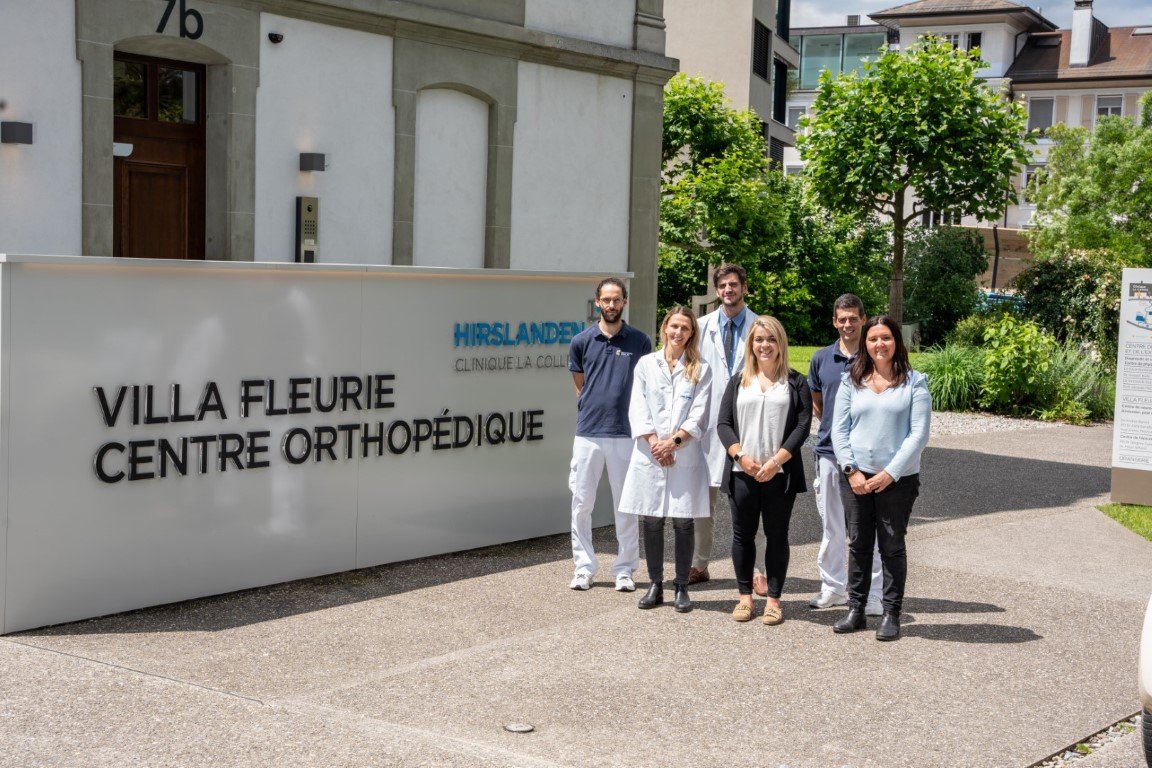Publication: Orthop Traumatol Surg Res. 2014 Feb;100(1):105-8. doi: 10.1016/j.otsr.2013.09.006. Epub 2013 Dec 4.
Co-authors: Lädermann A, Stimec BV, Denard PJ, Cunningham G, Collin P, Fasel JHD.
Abstract:
Background: Subclinical neurological lesions after reverse shoulder arthroplasty are frequent, mainly those involving the axillary nerve. One of the major reported risk factors is postoperative lengthening of the arm. The purpose of this study was to evaluate the anatomical relationship between the axillary nerve and prosthetic components after reverse shoulder arthroplasty. The study hypothesis was that inferior overhang of the glenosphere relative to glenoid could put this nerve at risk.
Material and methods: Eleven fresh frozen shoulder specimens were dissected after having undergone reverse shoulder arthroplasty using a classic deltopectoral approach.
Results: The mean distance from the inferior border of the glenoid to the inferior edge of the glenosphere was 6.0±4.3mm (range, 1.0 to 16.2mm). The axillary nerve was never closer than 15mm to the glenosphere. The main anterior branch of the axillary nerve was in close contact with the posterior metaphysis or humeral prosthetic implant. The mean distance between the nerve and the humeral implants was 5.2±2.1mm (range, 2.0 to 8.1mm).
Conclusions: The proximity of the axillary nerve to the posterior metaphysis or humeral implants may be a risk factor for axillary nerve injury after reverse shoulder arthroplasty.
Clinical relevance: This study quantifies the proximity of the axillary nerve to the implant after reverse shoulder arthroplasty.
Level of evidence: Basic science study, cadaver study.




